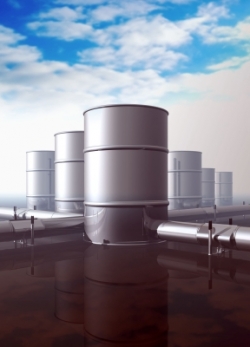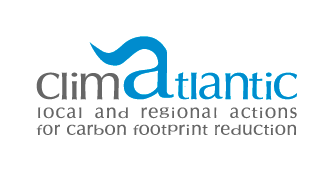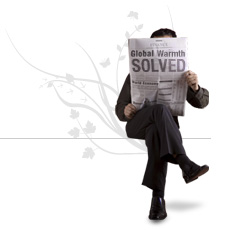NEWS & EVENTS : GENERAL INFORMATION

Climate-forcing F-gases – new report
10.09.2014
Fluorinated gases (F-gases) are emitted into the atmosphere in relatively small quantities, but their effect on climate change is increasingly significant. These substances are very powerful greenhouse gases, with a warming effect thousands of times greater than CO2 in many cases.
climatlantic //
The European Environment Agency (EEA) has published a new report showing production, use, import, export and destruction of these substances in 2013.
The gases were originally phased in to replace the chemicals which were found to be harming the ozone layer. They are used in many different products, including refrigerators, air conditioning units and aerosol cans.
Measured in 'CO2-equivalent' tonnes, showing their effect on the climate, F-gases currently make up approximately 2 % of the EU's overall greenhouse gas emissions. This proportion has increased as F-gas emissions have grown by almost 60 % since 1990.
Industrial use of F-gases
To control emissions of these gases, EU law introduced a series of measures in 2006 to prevent leaks and ban some uses of the gases. The report published today is linked to a legal requirement, obliging companies to report certain activities involving F-gases.
The EEA report shows the use of F-gases (also known as 'net supply'), declined by 1.4 % in 2013. This was the third consecutive year of decline, according to the data reported by companies. Production of F- gases in the EU also fell in 2013, reversing a trend of increasing production in recent years. However, there was a 12 % increase in imports of these chemicals and a 2 % increase in exports.
New laws from 2015
European laws have been revised in order to address the increasing contribution of F-gases to total EU greenhouse gas emissions. A new F-gas Regulation (http://eur-lex.europa.eu/legal-content/EN/TXT/PDF/?uri=CELEX:32014R0517&from=EN) will apply from 1 January 2015, aiming to reduce F-gas emissions by two thirds of 2010 levels by 2030.
Of the main types of F-gases, emissions of hydrofluorocarbons (HFCs) have grown fastest in the EU, trebling since 1990. For this reason the new regulation includes a quota system for HFCs.
Fluorinated greenhouse gases 2013:
http://www.eea.europa.eu/publications/f-gases-2013








